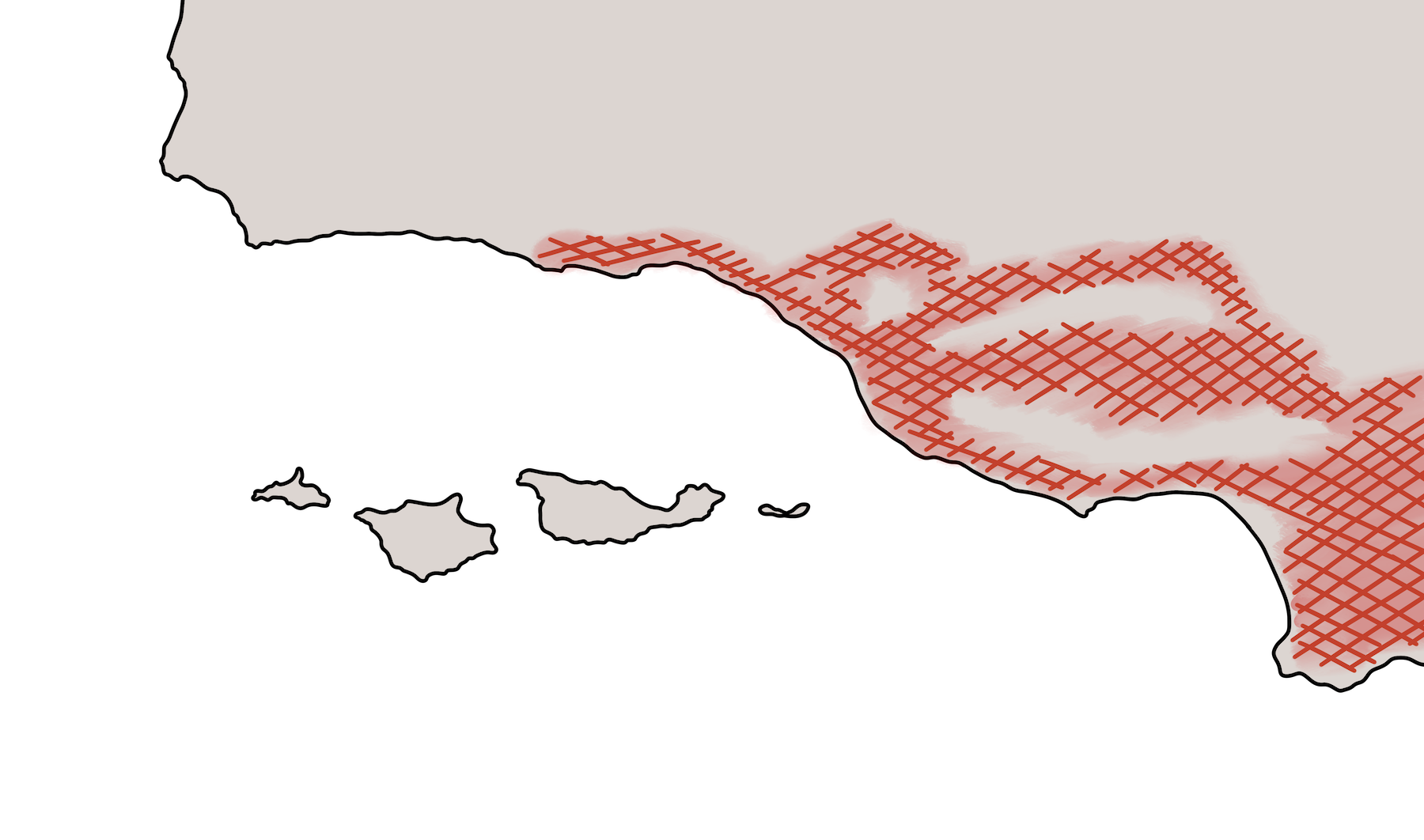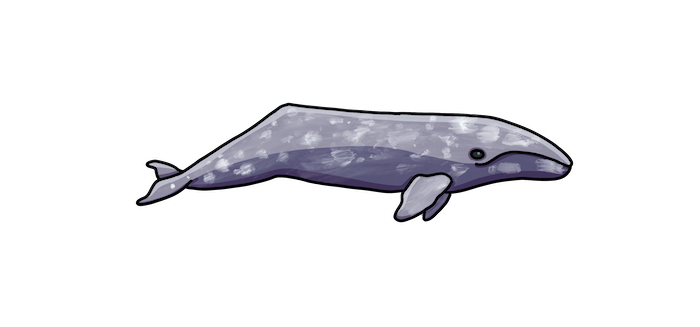

Whales
in
our
Backyard
us and our
largest neighbors


Every year tens of thousands of
whales migrate through the Channel,
past 11 million of us humans.
Scroll to learn





Every year tens of thousands of
whales migrate through the Channel,
past 11 million of us humans.
Scroll to learn


Blue Whales are the largest animals on earth, with hearts the size of cars.

Grey Whales are named after grey patches of barnacles on their backs.

Humpback Whales sing underwater songs that can be heard 20 miles away.





The Channel Islands are just one stop
for these whales on a long journey.
They are migrating from northern summer feeding grounds to southern winter breeding grounds.
In the channel, the whales’ migration intersects with another massive journey.
Container ships bringing goods from across the Pacific pass through these waters on their way to California ports.
When their paths cross in the channel, ships often accidentally strike and kill whales.
Scientists have found several ways to work with the shipping industry to reduce whale strikes.
The government now offers grant money to ships that slow down in the channel, allowing whales to more easily get out of the way.
90% of the shipping companies who sail through the channel have chosen to participate, and whale strikes are down 50% since the program started.
Ships are encouraged to stay outside of the Channel Islands National Marine Sanctuary boundary, giving whales a safe zone to migrate through the channel.




This slowdown program is a great example of how scientists and industry can work together to create positive change. Here are a few ways that you can learn more about and help protect our seasonal neighbors:

Check out this interactive map that shows both shipping lanes and recent whale sightings in the channel

There are several companies like Island Packers and Condor Express that offer regular whale watching cruises in the channel.

Whether you are on a boat or watching from the shore, you can report whale sightings and help scientists monitor these gentle giants.